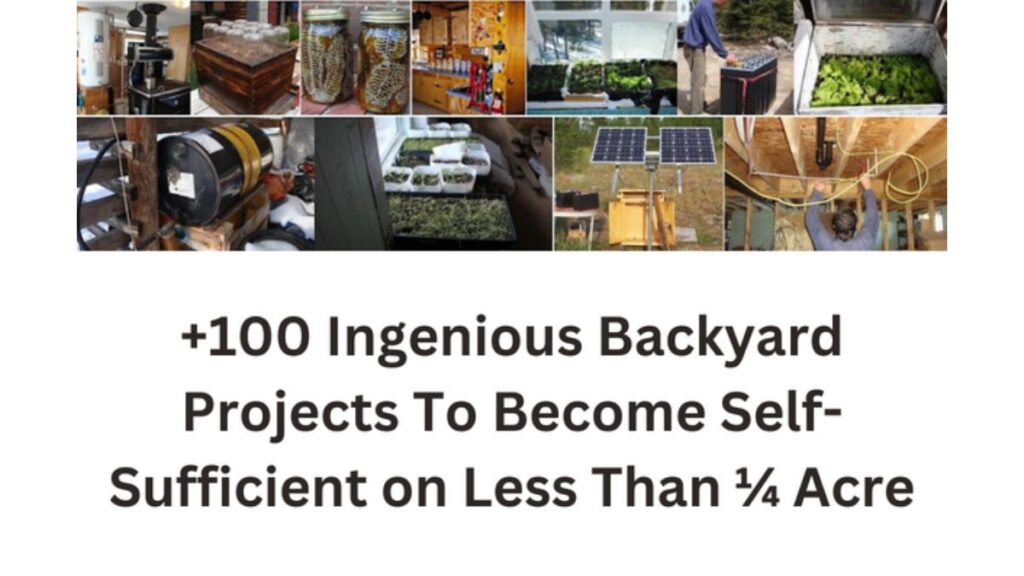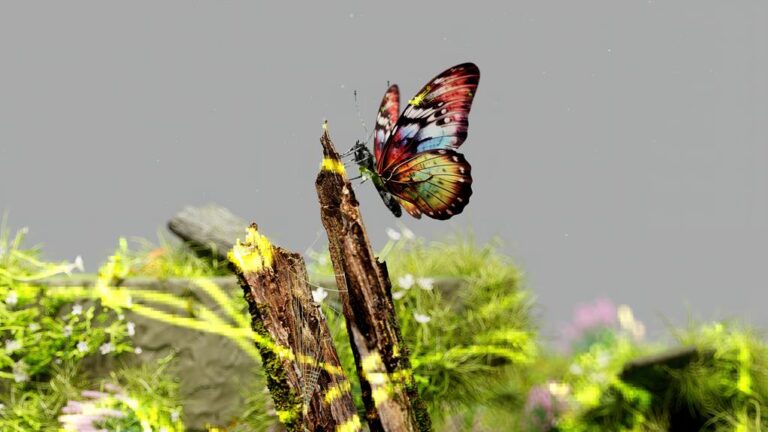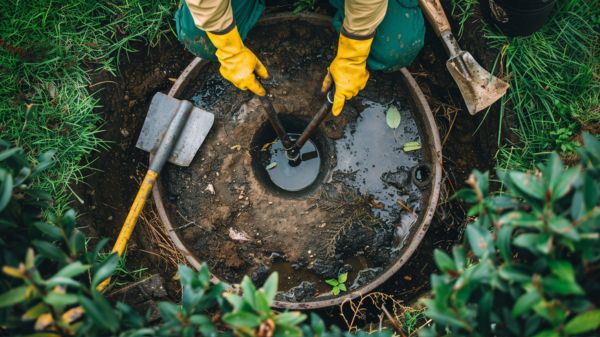Ultimate Guide to Building A Sustainable and Edible Landscape
I’ve always been captivated by the beauty of gardens, but I started to question their purpose. Why not make them more than just pretty? That’s when I discovered edible landscape.
Picture a garden filled with vibrant veggies, fragrant herbs, and delicious fruits. It’s a feast for the senses, both visually and gastronomically.
In this article, we’ll explore the benefits of edible landscaping, from saving water to attracting helpful bugs. Join me as we transform our yards into beautiful, nourishing oases.
Understanding Edible Landscaping
To fully appreciate the concept of edible landscaping, it’s important to understand the principles behind it. Edible landscaping isn’t just about growing food, but also about creating a visually appealing and sustainable landscape.
There are various styles of edible landscapes, ranging from traditional vegetable gardens to incorporating edible plants into ornamental landscapes. One of the benefits of incorporating edible plants is that it provides fresh and organic produce right in your own backyard.
Edible landscaping is also a great option for small spaces, as it can be done in containers or vertical gardens. When designing an edible landscape, it’s important to consider factors such as proper spacing, sunlight needs, and companion planting.
Benefits of Edible Landscaping
Edible landscaping offers a multitude of benefits for homeowners and the environment. By incorporating food-producing plants into your landscape, you can:
- Attract pollinators, such as bees and butterflies, which is essential for the health and productivity of your garden. Edible plants provide a valuable food source for these important creatures, helping to support their populations.
- Increase property value by having a diverse range of edible plants in your landscape. This adds both beauty and functionality to your property, making it more attractive to potential buyers.
- Promote environmental sustainability by practicing edible landscaping. It reduces water usage compared to traditional lawns, as well as the need for chemical fertilizers and pesticides.
- Improve your health and wellness by growing your own food. Edible landscaping allows you to have access to fresh and organic produce, promoting a healthier lifestyle.
- Engage with your community by sharing your harvest with neighbors or participating in local food initiatives. Edible landscaping encourages community involvement and can foster a sense of connection and collaboration.
Designing an Edible Landscape
As I delve into the topic of designing an edible landscape, I want to explore the various elements and considerations that go into creating a visually stunning and productive outdoor space filled with food-producing plants.
Designing an edible landscape requires careful thought and planning to maximize the potential of small spaces. One key aspect is to create creative plant combinations that not only provide beauty but also enhance the productivity of the garden.
Additionally, incorporating edible flowers adds both visual appeal and culinary possibilities. It’s also important to integrate edible landscaping with native plants to promote sustainability and support local ecosystems.
Lastly, proper maintenance is essential for the longevity and success of an edible landscape, ensuring that it continues to thrive and provide bountiful harvests year after year.
Planning and Designing an Edible Landscape
When planning and designing an edible landscape, it’s important to have a clear vision and a well-thought-out plan. Spacing considerations, proper placement of plants, and understanding companion planting are key factors to consider.
Planning an Edible Landscape
When it comes to planning an edible landscape, there are several tips and considerations to keep in mind. From grouping plants based on growth and future needs to selecting plants suitable for your gardening zone, careful planning can ensure a successful and productive edible landscape.
Additionally, factors such as time and accessibility should be taken into account, as the length of time required to make your yard edible and the accessibility of your landscape can greatly impact the design and maintenance of your edible landscape.
Tips and Considerations for Planning
During the planning phase of designing an edible landscape, I found it helpful to consider the spacing and future needs of the plants. Spacing considerations ensure that plants have enough room to grow and thrive without overcrowding.
It’s also important to select self-pollinating plants, which don’t rely on pollinators for fruit production. Companion planting benefits can be maximized by grouping plants that have mutually beneficial relationships.
Additionally, it’s crucial to choose plants suitable for the gardening zone and label them for easy identification and care.
Time and Accessibility Factors
To consider time and accessibility factors in planning an edible landscape, I found it essential to prioritize the length of time required to make the yard edible. Transforming yards into edible landscapes is a gradual process that requires patience and careful planning.
Utilizing small spaces efficiently is key to maximizing the potential of the landscape. Making landscapes accessible involves creating pathways and design elements that allow for easy navigation and maintenance.
Incorporating edible plants of various types and varieties adds both beauty and functionality to the landscape.
Designing an Edible Landscape
One important aspect of designing an edible landscape is sketching out a plan to ensure a well-organized and visually appealing arrangement of plants. To achieve this, I utilize various designing techniques such as incorporating perennials, strategic plant placement, companion planting, and creating functional pathways.
By incorporating perennials, I ensure low-maintenance gardening and a sustainable landscape that continues to provide food year after year. I carefully consider the sun exposure and soil conditions for each plant to optimize their growth and productivity.
Companion planting helps maximize space and deter pests by pairing compatible plants together. Additionally, I create functional and aesthetically pleasing pathways that allow easy access to the edible plants while adding beauty and structure to the landscape.
Specific Plants for Edible Landscapes
When it comes to creating an edible landscape, it’s important to consider the plants that will be harvested and used. Harvesting and using edible plants is a rewarding experience that allows for fresh, organic produce and the opportunity to experiment with different recipes and cooking techniques.
From berries and fruit trees to herbs and lettuces, there’s a wide variety of plants to choose from that not only add aesthetic value to the landscape but also provide a bountiful harvest for the table.
Harvesting and Using Edible Plants
After carefully tending to my edible landscape, I’m now ready to harvest and utilize the abundance of specific plants that I’ve grown. Here are some ways I plan to make the most of my homegrown produce:
- Explore Edible Plant Recipes: I can’t wait to try out new recipes that incorporate the fruits, vegetables, and herbs from my garden. From fresh salads to flavorful stir-fries, the possibilities are endless.
- Get Creative with Food Preservation Techniques: To make my harvest last longer, I’ll experiment with canning, freezing, and drying techniques. This will allow me to enjoy the flavors of my garden all year round.
- Share the Bounty: I believe in the power of community and will be sharing my homegrown produce with friends, family, and neighbors. It’s a wonderful way to foster connections and spread the joy of fresh, organic food.
- Join Community Gardening Projects: I’m excited to get involved in community gardening projects, where I can learn from other gardeners, share my knowledge, and contribute to the local food movement.
Maintaining an Edible Landscape
To effectively maintain an edible landscape, it’s important to regularly water the plants, prune and harvest as needed, and apply organic fertilizers.
Soil maintenance is crucial for the health of your plants. Adding compost and organic matter can improve soil fertility and structure.
Pest control is also essential to prevent damage to your edible plants. Implementing natural pest control methods, such as companion planting and using beneficial insects, can help keep pests at bay.
Watering techniques should be adjusted according to the needs of each plant, ensuring they receive enough moisture without overwatering.
Pruning and shaping your plants not only promotes healthy growth but also maintains the desired aesthetic of your landscape.
Lastly, applying organic fertilizers provides essential nutrients for your plants to thrive.
Overcoming Challenges in Edible Landscaping
I have encountered various challenges when creating an edible landscape, but with careful planning and innovative strategies, these obstacles can be overcome.
Here are four key strategies that have helped me overcome challenges in edible landscaping:
- Creating barriers: Implementing physical barriers such as fences, netting, or raised beds can help protect plants from pests and ensure their safety.
- Utilizing vertical space: Growing plants vertically, such as using trellises or vertical gardens, maximizes space and allows for more plants to be grown in a limited area.
- Pest control methods: Employing organic pest control methods, such as companion planting, beneficial insect attraction, and natural repellents, can effectively manage pests without harming the environment.
- Budget-friendly options: Starting plants from seeds, utilizing free cuttings, and spreading out the cost of buying plants over several years can help make edible landscaping more affordable.
When facing challenges in edible landscaping, seeking expert advice from experienced gardeners or professionals in the field can provide valuable guidance and solutions.
Conclusion
As I stand in the midst of my edible landscape, I’m overwhelmed by the abundance of colors, scents, and flavors that surround me. The vibrant red tomatoes, the fragrant basil, the juicy strawberries – they all beckon me to indulge in their deliciousness.
But it’s not just about the food; it’s about the harmony between nature and nourishment. My edible landscape is a testament to the beauty and practicality of sustainable design. It’s a space where I can truly connect with the earth and savor its bountiful gifts.








One Comment
Comments are closed.